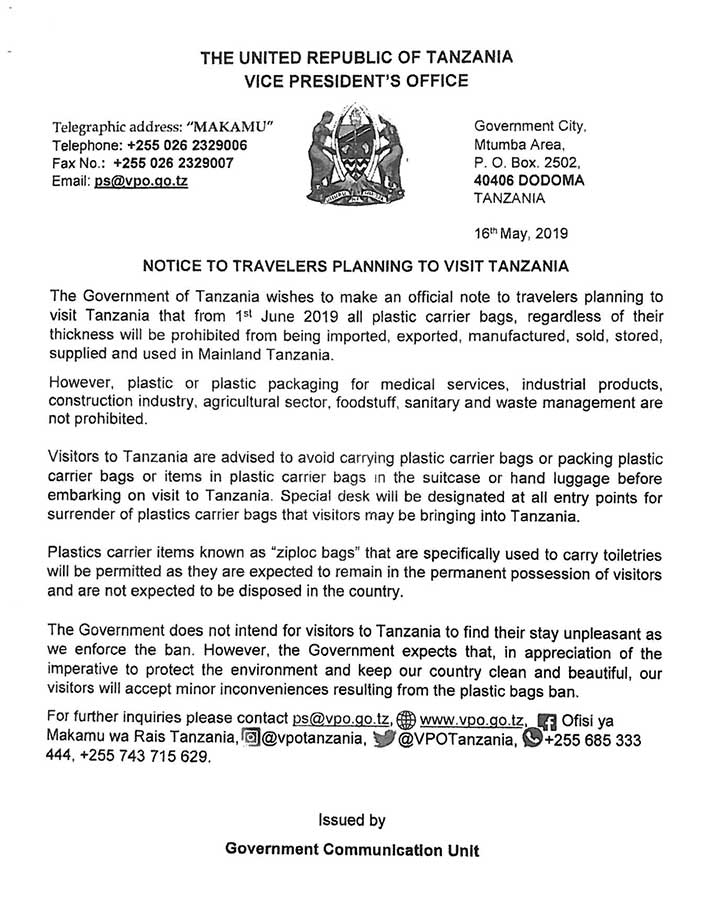Climbing Kilimanjaro can be a significant financial investment, with costs varying depending on factors such as the route chosen, the length of the trek, and the level of support desired. Here are some of the main expenses to consider when budgeting for a Kilimanjaro climb:
Park Fees: All climbers must pay park fees to enter Kilimanjaro National Park, which can range from $70 to $100 per day depending on the route chosen and the length of the trek.
Guide and Porter Fees: Climbers are required to hire a licensed guide and porters for their Kilimanjaro trek. Guide fees can range from $20 to $30 per day, while porter fees can range from $10 to $20 per day.
Accommodation: Climbers will need to budget for accommodation before and after the climb, as well as for the cost of camping on the mountain. Accommodation costs can vary widely depending on the level of comfort desired, with budget options starting at around $10 per night and luxury lodges costing several hundred dollars per night.
Gear and Equipment: Climbers will need to purchase or rent appropriate gear and equipment for the trek, including hiking boots, warm clothing, sleeping bags, and other camping gear. The cost of gear and equipment can range from a few hundred dollars to several thousand dollars depending on the quality and level of support desired.
Travel and Visa Expenses: Climbers will also need to budget for travel expenses such as flights, visas, and transportation to and from Kilimanjaro National Park.
Overall, the total cost of climbing Kilimanjaro can range from several thousand dollars to tens of thousands of dollars, depending on the specific factors involved. It is important to research and plan ahead to ensure that all expenses are accounted for and to avoid unexpected costs.

